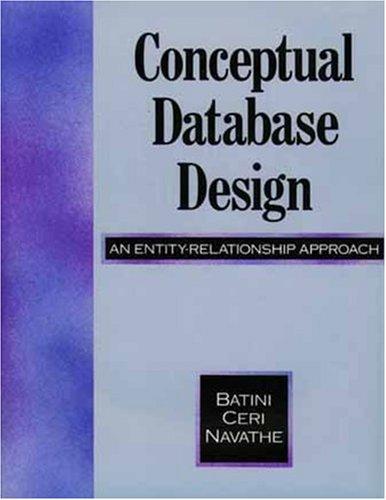Answered step by step
Verified Expert Solution
Question
1 Approved Answer
Suppose that we have a 2 - dimensional data set X . We transform each data point Xj = ( Xj , 1 , Xj
Suppose that we have a dimensional data set X We transform each data point XjXjXj as follows: Xj~aXjcbXjc where a b c are constant values. This is a linear transformation, because our transformed data comes from simple operations that use 'first powers' of the original data.
If our given data set is linearly separable, does the same hold true for the transformed set? In the following cells you can plot a transformed version of the Iris dataset, so that you see how it behaves for your choice of a b c But you should also try and justify your answer in a theoretical way: if there exists a 'good' perceptron for the original data set, what would be the weights for the perceptron that works on the transformed set? Are there any issues that might arise?
Step by Step Solution
There are 3 Steps involved in it
Step: 1

Get Instant Access to Expert-Tailored Solutions
See step-by-step solutions with expert insights and AI powered tools for academic success
Step: 2

Step: 3

Ace Your Homework with AI
Get the answers you need in no time with our AI-driven, step-by-step assistance
Get Started


